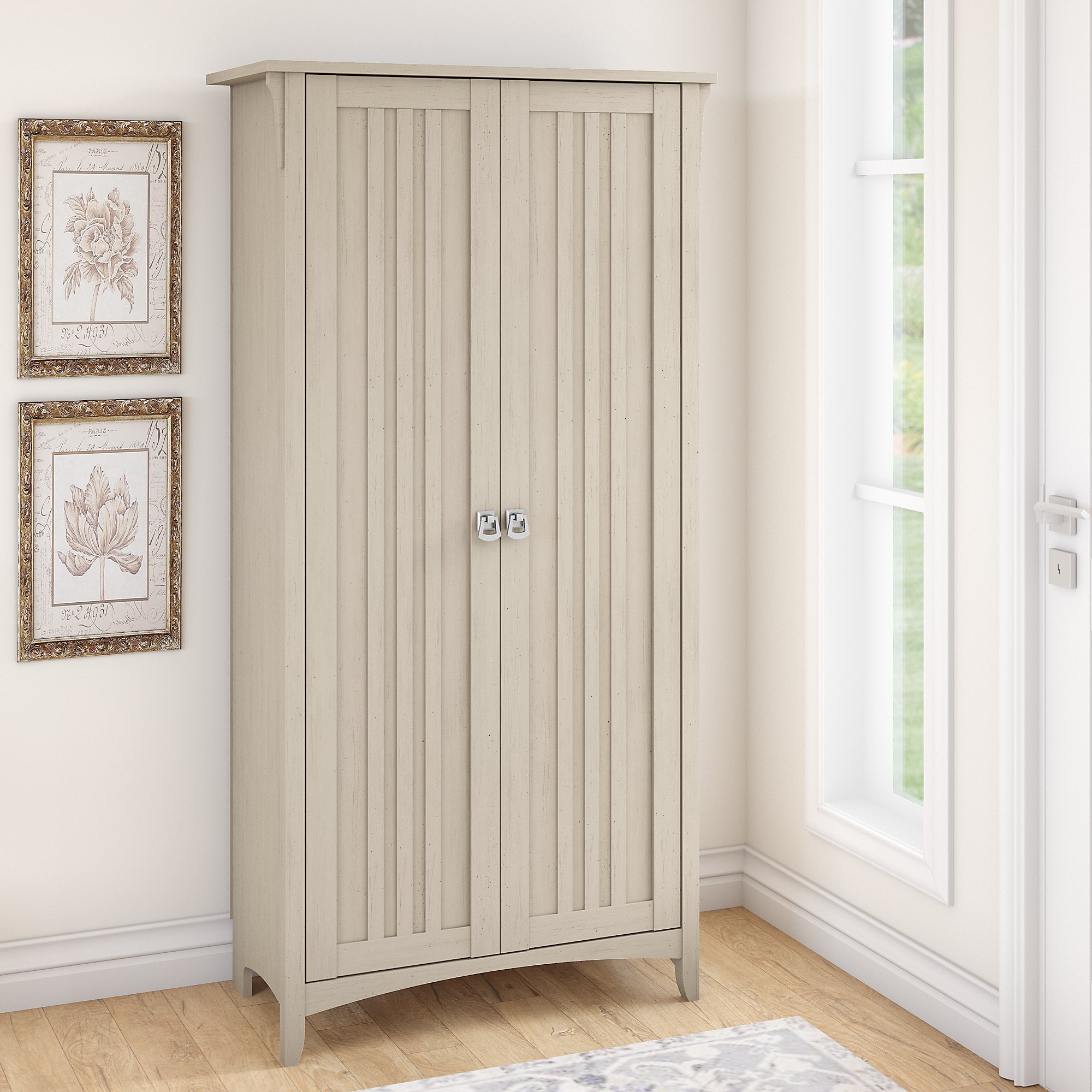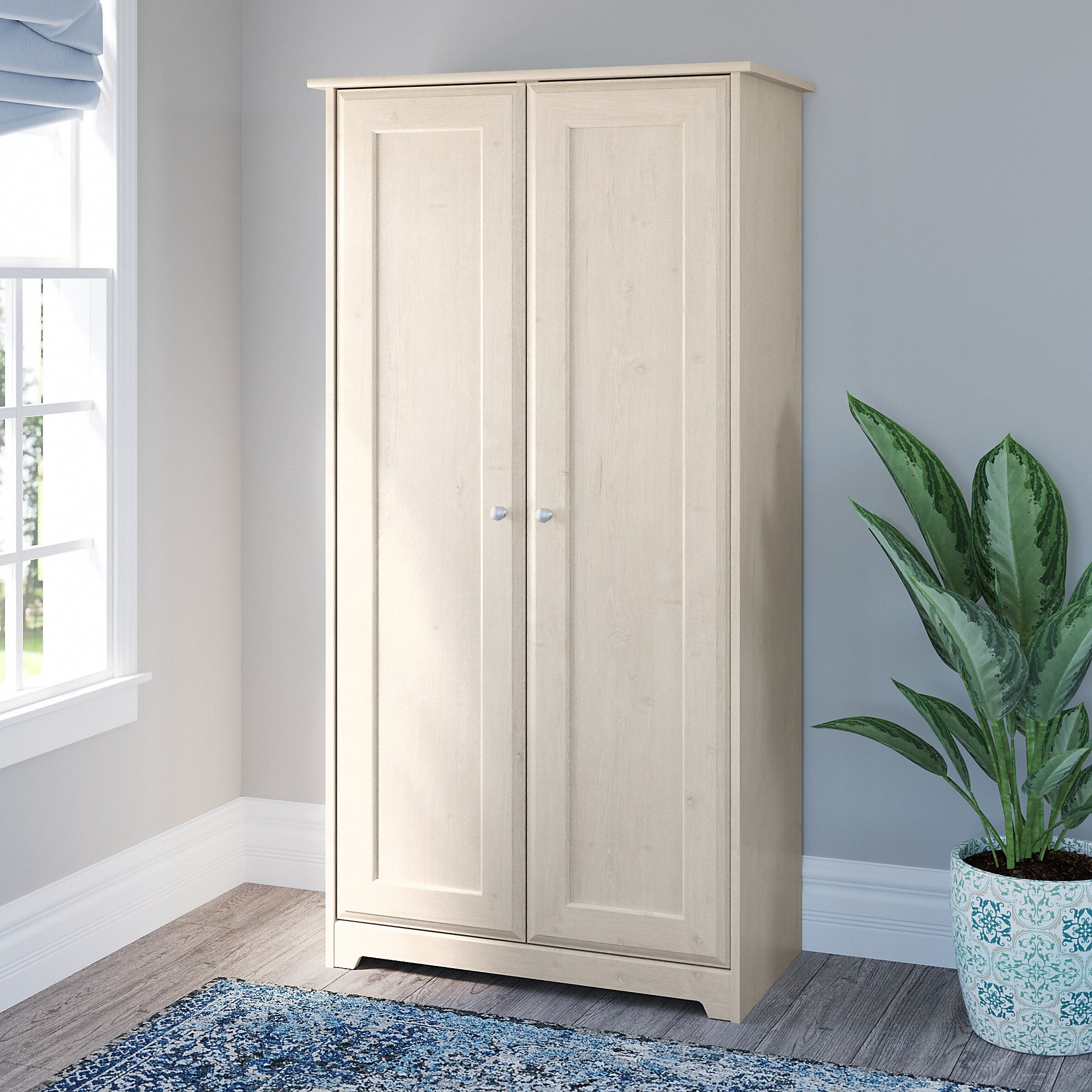Design Considerations for Tall Bar Cabinets with Doors

Designing a tall bar cabinet with doors requires careful consideration of several factors to ensure it complements your space and meets your needs. The right dimensions, style, and materials can transform a simple storage unit into a stunning focal point. This section explores key design elements to help you create the perfect bar cabinet.
Ideal Dimensions and Proportions for Tall Bar Cabinets, Tall bar cabinet with doors
The ideal dimensions of a tall bar cabinet depend significantly on the available space and the desired style. A smaller cabinet might be suitable for a compact apartment, while a larger piece can be a statement piece in a spacious home. Proportions should be balanced; a cabinet that is too tall and narrow might appear awkward, while one that is too wide and short might lack visual appeal. The following table offers a comparison of common sizes and their suitability for various spaces:
| Size (H x W x D) | Style | Material | Ideal Room Type |
|---|---|---|---|
| 72″ x 36″ x 18″ | Traditional | Solid Oak | Large Dining Room, Open-Plan Kitchen |
| 60″ x 24″ x 15″ | Modern | High-Gloss Lacquer | Smaller Apartment, Compact Kitchen |
| 78″ x 42″ x 20″ | Rustic | Reclaimed Wood | Large Kitchen, Bar Area |
| 66″ x 30″ x 16″ | Contemporary | Metal and Glass | Modern Living Room, Home Bar |
Door Styles and Their Aesthetic Impact
The choice of door style significantly impacts the overall aesthetic of the bar cabinet. Different styles evoke different feelings and suit various interior design schemes.
- Shaker doors: Simple, clean lines create a timeless and versatile look, suitable for traditional, transitional, and even modern settings.
- Glass-front doors: Showcase your glassware and liquor collection, adding a touch of elegance and sophistication. They are ideal for modern or contemporary styles.
- Solid wood doors: Offer a classic and robust appearance, suitable for traditional or rustic settings. The choice of wood type influences the overall tone – dark woods like walnut create a rich, luxurious feel, while lighter woods like maple offer a brighter, airier look.
- Panelled doors: Provide a more formal and traditional look, often incorporating raised or recessed panels for added texture and visual interest.
Suitable Materials for Construction
The material used for construction impacts the cabinet’s durability, aesthetics, and price.
- Wood (Oak, Walnut, Maple, Cherry): Offers natural beauty, durability, and warmth. Different wood types offer varying levels of hardness and grain patterns. However, wood can be susceptible to scratches and moisture damage.
- Metal (Steel, Aluminum): Provides a modern, industrial look and exceptional durability. Metal cabinets are resistant to scratches and moisture but can be more expensive and require careful finishing to prevent rust.
- Composite Materials (MDF, Particleboard): More affordable than wood or metal, but less durable and may not offer the same aesthetic appeal. They are often used as a base for veneers or paint finishes.
Example Bar Cabinet Design
This design incorporates a blend of modern and traditional elements:
Material: Solid oak with a natural finish.
Style: A blend of Shaker and contemporary styles, featuring simple, clean lines with subtle detailing.
Dimensions: 72″ H x 36″ W x 18″ D
Internal Features: Adjustable shelving to accommodate bottles of varying heights, two drawers for bar accessories (e.g., cocktail shakers, napkins), and a pull-out tray for mixing drinks. The back panel could feature a mirrored surface to add depth and visual interest. The doors would be a combination of shaker style solid wood and a small glass panel for accent.
Functionality and Features of Tall Bar Cabinets with Doors: Tall Bar Cabinet With Doors
A tall bar cabinet with doors offers significant advantages over open shelving, primarily enhanced organization, protection from dust and damage, and an improved aesthetic appeal. The functionality of such a cabinet is heavily influenced by its internal configuration and included features. Careful consideration of these aspects is crucial to maximizing its usefulness and enjoyment.
Internal Configurations and Their Comparison
The internal layout significantly impacts a bar cabinet’s functionality. Different configurations cater to various needs and preferences. The following table compares common internal arrangements:
| Feature | Adjustable Shelving | Dedicated Wine Racks | Ice Storage | Combination |
|---|---|---|---|---|
| Flexibility | High; accommodates various bottle and glassware sizes. | Moderate; optimized for wine bottles, less flexible for other items. | Low; primarily for ice storage, limited use for other items. | High; offers a blend of storage options. |
| Space Efficiency | High; adjustable shelves maximize vertical space. | Moderate; dedicated space may leave some unused areas. | Moderate; dedicated compartment efficiently stores ice. | High; optimized use of space with different storage types. |
| Cost | Moderate; generally less expensive than specialized features. | Higher; requires specialized construction and materials. | Moderate; may involve additional insulation or features. | Higher; combines costs of multiple features. |
| Suitability | Suitable for most barware and liquor collections. | Ideal for wine enthusiasts with a large wine collection. | Essential for those who frequently entertain and need quick ice access. | Best for those needing a versatile storage solution. |
Essential Features for Optimal Organization and Accessibility
Several key features enhance the organization and accessibility of barware and liquor within a tall bar cabinet. These features ensure efficient storage and easy retrieval of items.
- Adjustable shelving: Allows customization to fit various bottle and glassware sizes.
- Dedicated wine racks: Provides secure storage for wine bottles, preventing them from rolling or tipping.
- Glass racks: Keeps glassware organized and protected from breakage.
- Drawers: Offer convenient storage for smaller items like bar tools, cocktail napkins, and straws.
- Pull-out trays: Provide easy access to items stored in the back of the cabinet.
- Interior dividers: Keep bottles and glassware separated and prevent them from clinking together.
Lighting Solutions and Their Impact
Proper lighting is essential for both the functionality and aesthetic appeal of a bar cabinet. It improves visibility, enhancing the ease of locating items and creating a sophisticated ambiance.
- LED strip lighting: Energy-efficient and provides bright, even illumination. Can be placed along shelves or inside the cabinet for subtle highlighting.
- Under-cabinet lighting: Illuminates the countertop area, making it easier to prepare drinks. Creates a dramatic effect when combined with darker cabinet interiors.
- Glass-shelf lighting: Built-in lights within shelves highlight displayed glassware and bottles, adding a touch of elegance.
Bar Cabinet Accessories for Enhanced Functionality
Various accessories further enhance the functionality and organization of a bar cabinet. These items contribute to a more efficient and aesthetically pleasing bar setup.
- Bottle stoppers: Preserve the freshness and quality of opened bottles.
- Cocktail shakers: Essential for creating mixed drinks.
- Jiggers: Ensure accurate measurements for cocktails.
- Ice buckets: Provide a stylish and convenient way to store ice.
- Bar mats: Protect the cabinet surfaces from spills and scratches.
- Trays: Facilitate easy transport of drinks and glassware.
- Dividers: Keep bottles and glassware organized and prevent them from shifting.
Style and Integration into Home Decor

A tall bar cabinet with doors offers a unique blend of functionality and aesthetic appeal, seamlessly integrating into various home décor styles. The key to successful integration lies in carefully considering the cabinet’s design elements, finish, and placement within the home’s overall aesthetic. Choosing the right style and finish will elevate your bar cabinet from a simple storage unit to a sophisticated design feature.
The style of your tall bar cabinet should complement the existing décor, enhancing the overall ambiance rather than clashing with it. Selecting the appropriate finish and placement are crucial steps in achieving this harmonious integration.
Tall Bar Cabinet Styles and Design Elements
The versatility of tall bar cabinets allows them to complement a wide array of interior design styles. Careful consideration of design details ensures the cabinet enhances, rather than detracts from, the room’s overall aesthetic.
- Modern: Clean lines, minimalist design, and sleek materials like lacquered wood or high-gloss finishes are characteristic of a modern bar cabinet. Consider a cabinet with integrated lighting and simple, geometric hardware. Imagine a tall, slender cabinet in a deep charcoal grey lacquer, with a brushed nickel handle, perfectly complementing a minimalist living room with chrome accents and neutral-toned furniture.
- Traditional: Traditional styles often feature ornate detailing, rich wood tones (like mahogany or cherry), and possibly glass doors to showcase glassware. Think of a cabinet with raised panel doors, detailed molding, and antique brass hardware. A dark wood cabinet with intricate carvings would fit beautifully in a formal dining room with classical furnishings and warm lighting.
- Farmhouse: Farmhouse style emphasizes rustic charm and natural materials. A tall bar cabinet in this style might be crafted from reclaimed wood, featuring a distressed finish and simple, functional hardware. Consider a cabinet with open shelving alongside closed storage, painted in a soft, muted color like sage green or creamy white. This would blend seamlessly into a kitchen with exposed beams, vintage accents, and a comfortable, inviting atmosphere.
Choosing the Appropriate Finish
The cabinet’s finish plays a crucial role in its integration with the existing décor. Careful consideration of paint color or stain will ensure a cohesive and stylish look.
Matching the finish to your existing furniture and wall colors is essential. For example, a light-colored cabinet might brighten a dark room, while a darker cabinet can add a touch of sophistication to a lighter space. Consider using color swatches from your existing furniture and paint to compare against potential finishes for your bar cabinet. A skilled cabinet maker or interior designer can offer expert advice on selecting the perfect finish to complement your home’s style.
Integrating a Tall Bar Cabinet into Different Areas of the Home
The placement of your bar cabinet significantly impacts its overall effect on the home’s design. Strategic placement can enhance the functionality and aesthetic appeal of various spaces.
- Kitchen: A tall bar cabinet can serve as a stylish addition to a kitchen, providing ample storage for glassware, barware, and liquor. Placement against a wall opposite the main countertop or island provides convenient access. A built-in cabinet matching the kitchen’s cabinetry creates a seamless, unified look.
- Living Room: In a living room, a tall bar cabinet can act as a focal point, particularly if placed in a niche or alcove. It can also serve as a room divider between the living area and a dining area or entryway. Consider a cabinet with a mirrored back to enhance the room’s lighting and add a touch of glamour.
- Dining Room: A tall bar cabinet in a dining room can provide convenient storage for serving dishes, glassware, and linens. Placement near the dining table allows for easy access during meals and entertaining. A cabinet with a built-in wine rack would be a practical and elegant addition.
